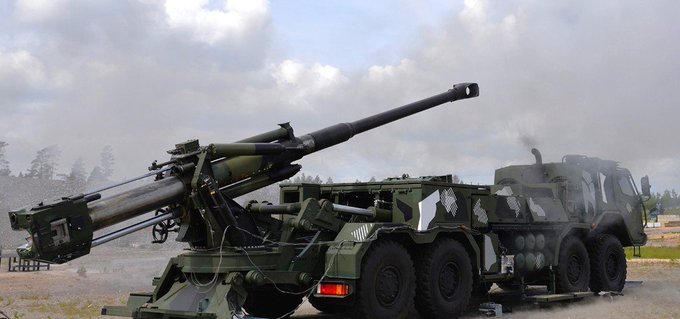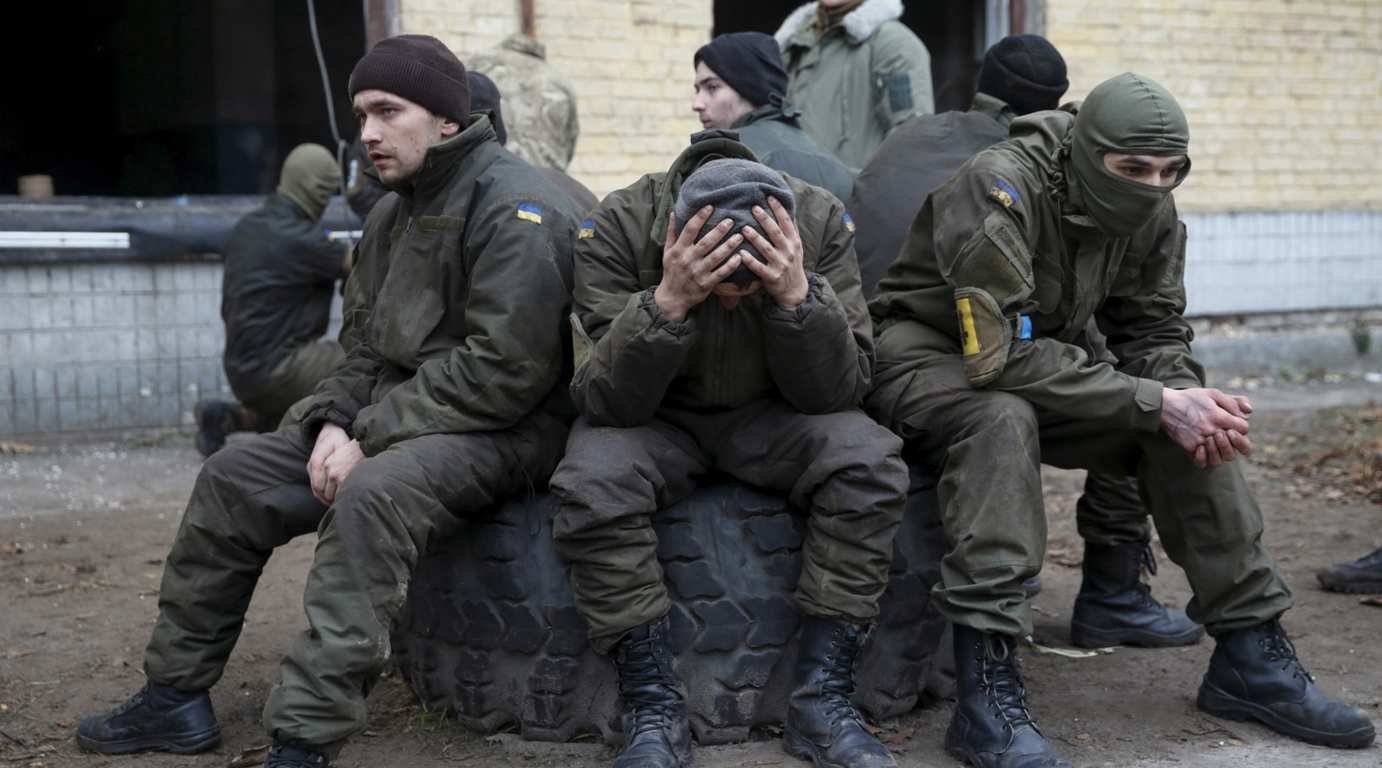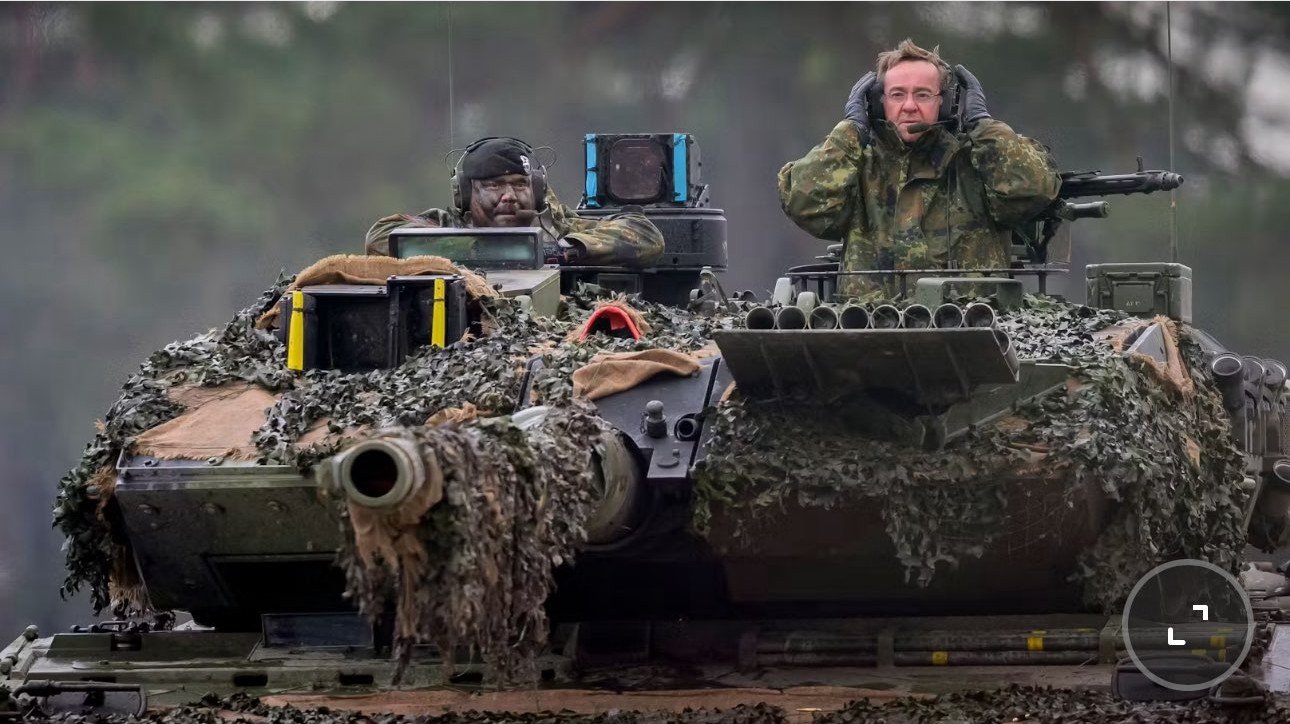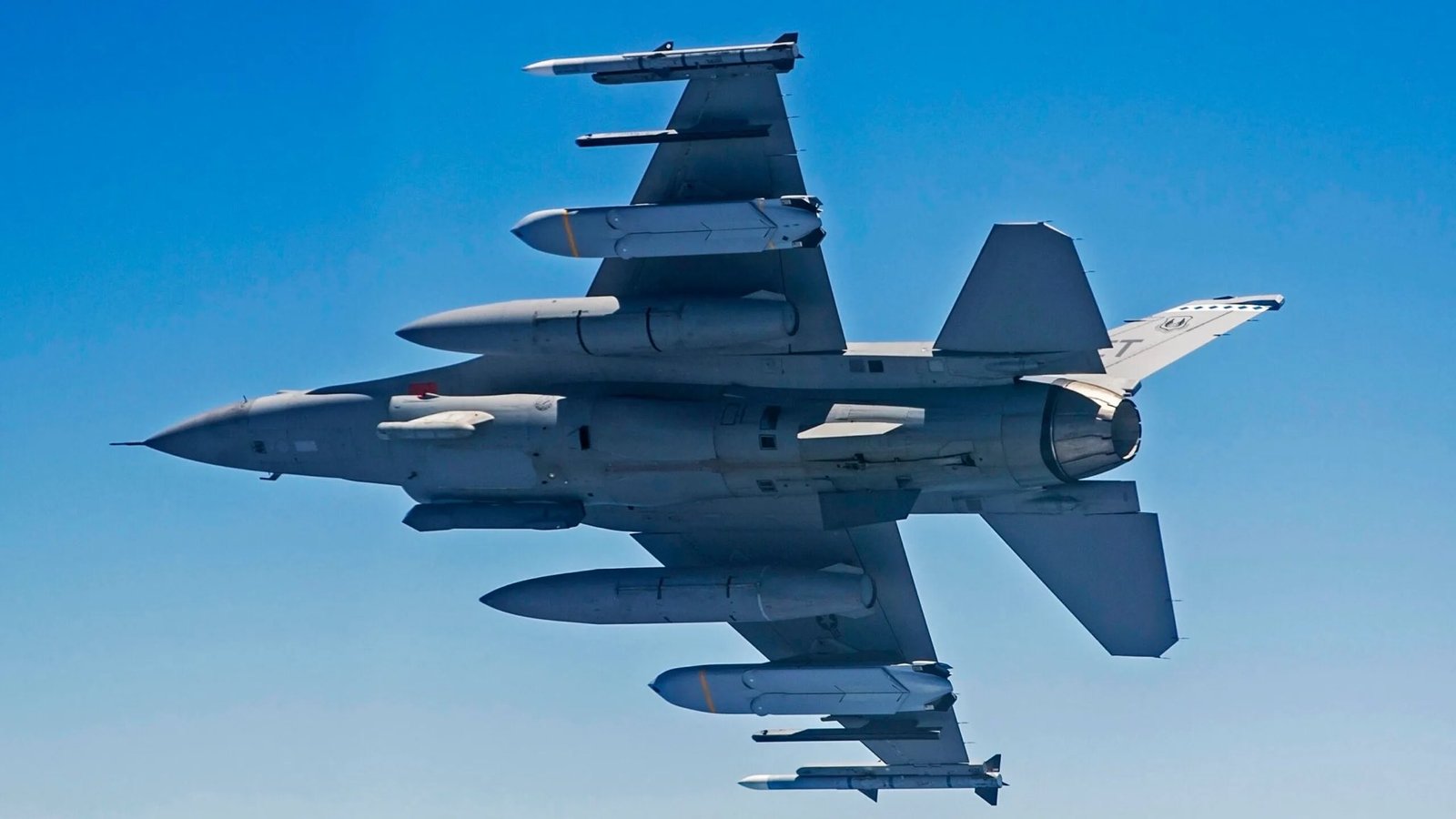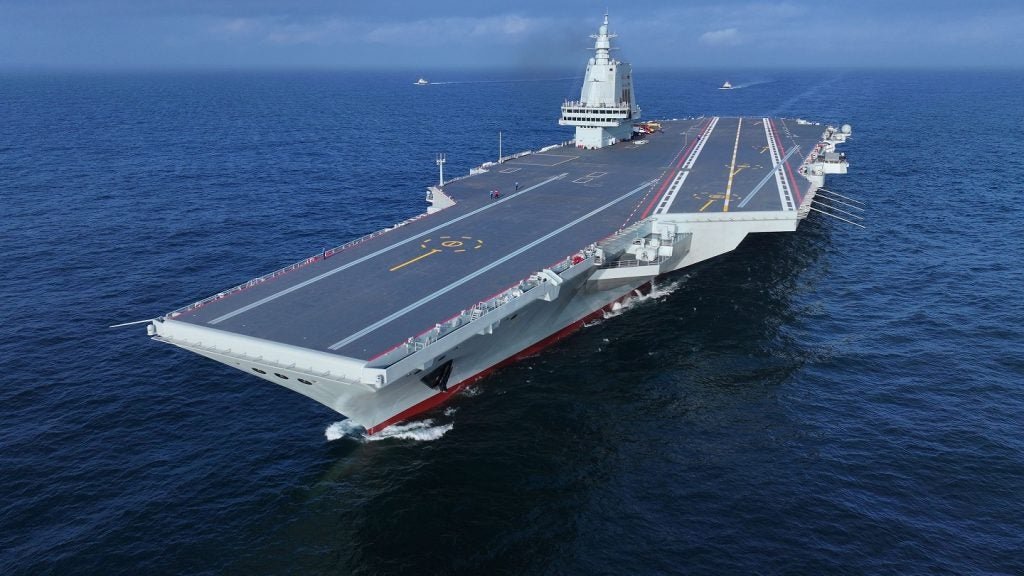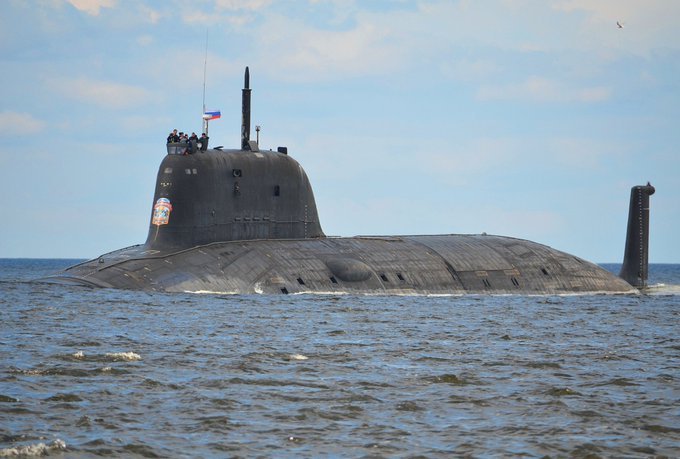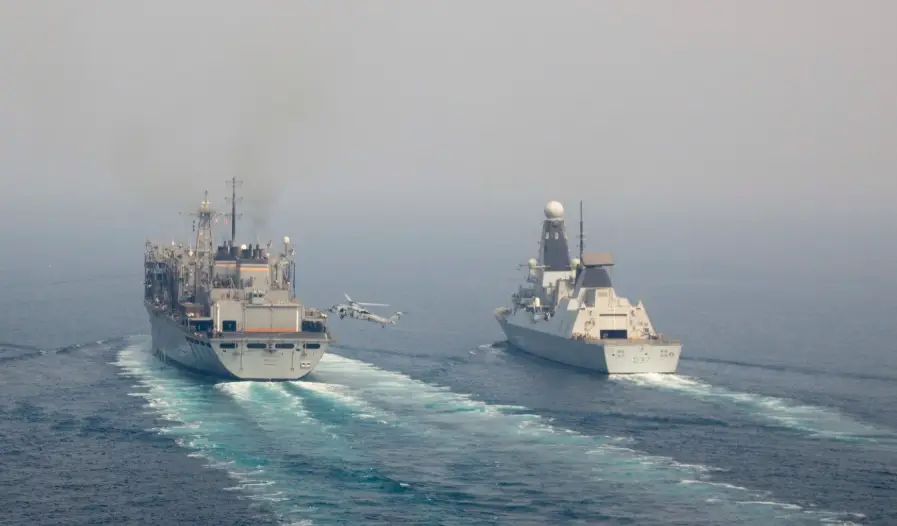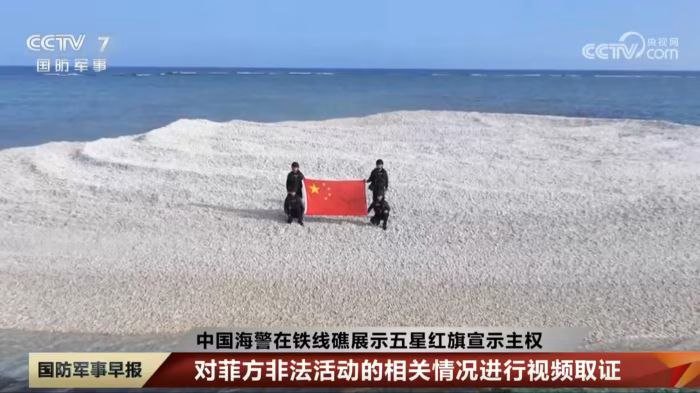
China gives Trump a check – occupies strategic island during US-Philippine military exercises
China has occupied the disputed coral reef of Sand Key in the South China Sea. It is a disputed island located closer to the Philippines, Vietnam and Malaysia. According to CCTV, Chinese border guards have hoisted the flag of the People’s Republic of China on the island and officially declared it their territory. Sand Key is located just a few kilometers from the Philippine island of Titu, where one of the most important military bases of Manila is located.
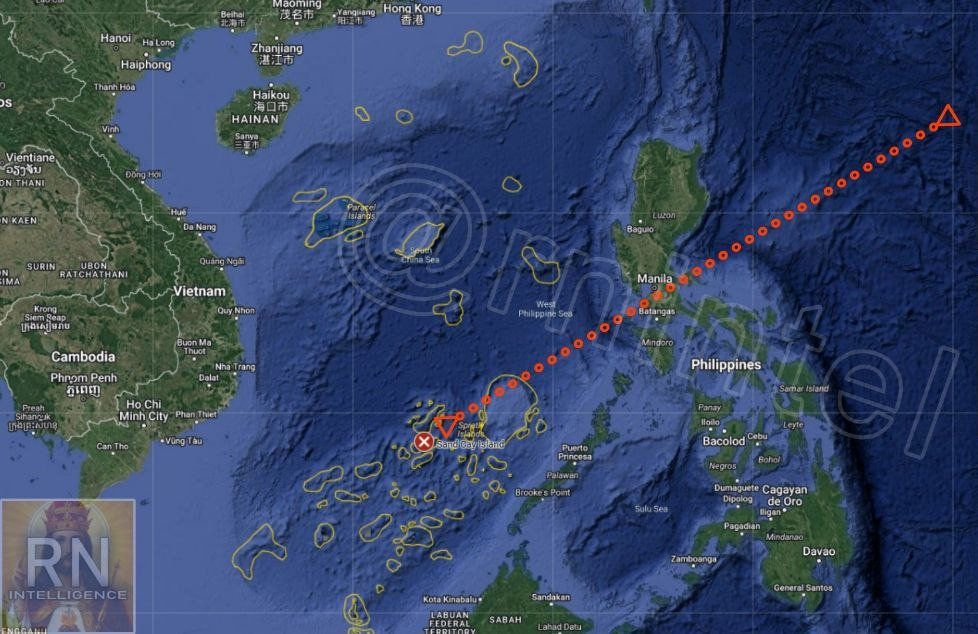
The Chinese military landed on this uninhabited island on the eve of joint US-Philippine military exercises that began in the South China Sea. Chinese television reports that “the Chinese coast guard carried out maritime control measures in the South China Sea, thereby confirming China’s sovereignty over these territories”. The area of the island (reef) is no more than 300 square meters. However, the fact is that by controlling even such territory, Beijing will gain a 12-mile maritime zone around the reef, which allows it to control the zone of Philippine military activity in the area of Phag Asa (Thitu) Island. It houses an airport and port infrastructure used for military purposes. The Philippines will use it for exercises with the US Navy, which will begin next week. Thus, China is not only sending “greetings” to the Philippines and the United States, but with a single landing, it is actually significantly limiting the Philippine military capabilities in this water area.
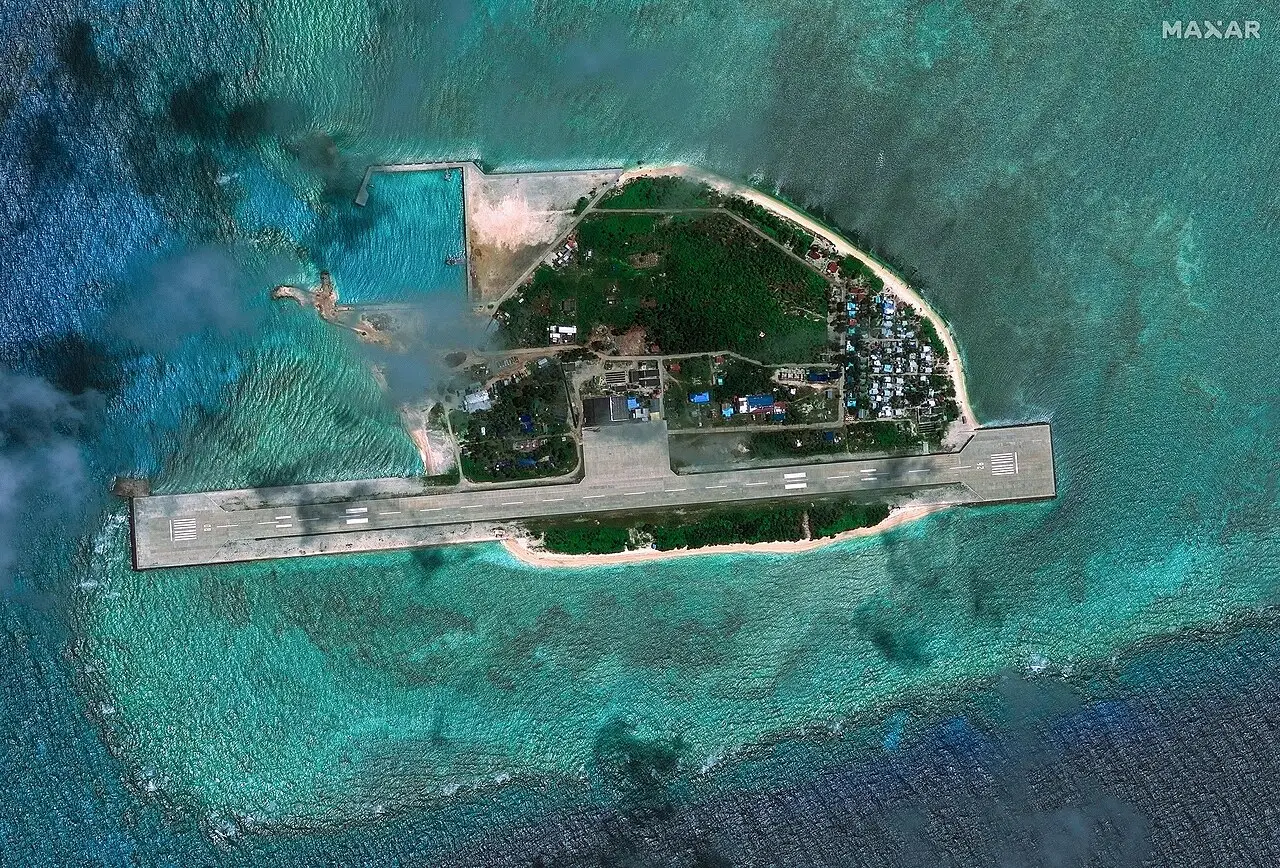
What is behind China’s “hydrogen bomb” test?
A week ago, China successfully tested the latest explosive device developed by the China State Shipbuilding Corporation (CSSC). The two-kilogram bomb uses magnesium hydride as an explosive. The explosion created a fireball with a temperature of more than 1,000 degrees Celsius that lasted for more than two seconds – 15 times longer than an explosion of a similar amount of TNT, according to a team of scientists led by Wang Xuefeng, according to the South China Morning Post.
“In a series of controlled experiments, the scientists measured a maximum overpressure of 428 kilopascals at a height of two meters – approximately 40% of the explosive force of TNT, but with a much greater thermal effect. The long-lasting fireball was enough to melt aluminum alloys, indicating the potential of a weapon that can achieve both explosive and thermal effects in a single munition. The paper describes a self-sustaining chain reaction: the shock wave from the detonation breaks the magnesium hydride into micron-sized particles, accelerating the release of hydrogen. The combustion generates heat that further propagates the fireball until the fuel, i.e. hydrogen gas, is exhausted,” the publication says.
Magnesium hydride is a white, non-volatile solid with the chemical formula MgH2. When conventional explosives (the same TNT) are used, hydrogen gas is released, which ignites and creates a sustained fireball capable of releasing heat 15 times longer than a TNT explosion. “Hydrogen gas explosions ignite with minimal ignition energy, have a wide explosion range, and release flames that spread outward quickly,” said Wang Xuefeng, a senior researcher at the CSSC. – The bomb’s unique feature is its ability to create a self-sustaining combustion cycle, which means that after the first detonation, it can continue to produce intense heat and destroy large areas.” China’s “hydrogen bomb” “can be considered more similar to napalm or thermobaric weapons than to nuclear weapons. Although this weapon cannot strike as quickly as conventional chemical explosives, it acts more like a burner, providing a slower, longer-lasting and super-strong effect.
“Another interesting side effect of the explosive is that it not only explodes, but acts as a kind of thermal chain reaction that lasts as long as there is fuel to sustain it,” writes the Turkish military portal Interesting Engineering. China has tested a thermobaric bulk explosive munition, which uses an inorganic substance to create a gas cloud and subsequent explosion, unlike the thermobaric munitions in operation in many countries of the world, which mainly use ethylene oxide. Since the shock wave in the explosion of magnesium hydrate is almost one and a half times weaker than in the explosion of TNT, the use of such a “hydrogen bomb” makes military sense if the complex effect (shock wave plus thermal effect) is comparable to or exceeds that of conventional thermobaric munitions (or munitions filled with TNT).
It is important to note that the temperature at the epicenter of the explosion of a thermobaric munition based on organic fuel reaches 2,000 degrees Celsius, which is twice as high as the 1,000 degrees Celsius recorded during the explosion of a Chinese hydrogen bomb. The effect of a thermobaric munition is compared to the effect of an ultra-small tactical nuclear weapon without radiation effects. Chinese scientists believe that a non-nuclear “hydrogen bomb” could be an ideal weapon to block an enemy offensive by “making the affected areas too hot to occupy for a certain period of time”. The weapon could also be used to burn through defenses or destroy objects such as swarms of drones.
This weapon has other potential advantages in addition to its destructive capabilities. For example, since it is not based on nuclear weapons, it can be developed without violating nuclear treaties.” China attaches great importance to the military applications of magnesium hydride. Earlier this year, a plant to produce 150 tons of magnesium hydride was opened in Yulin City, Shaanxi Province.
“A pilot project to produce 150 tons of magnesium hydride per year completed its first trial operation on January 10, ensuring the quality of products from a single type of raw material. The pilot project uses a new “one-reactor” synthesis method for magnesium-based solid-state hydrogen storage materials developed by a team led by Professor Cheng Ping and Professor CAO Huijun from the Dalian Institute of Chemical Physics (DICP), Chinese Academy of Sciences. The magnesium hydride pilot project focuses on the research and production of magnesium-based hydrogen storage materials and high-efficiency hydrogenation and dehydrogenation catalysts. “Its goal is to develop and optimize the production process of high-quality solid magnesium-based hydrogen storage materials and solid-state hydrogen storage devices and systems,” the Chinese Academy of Sciences website says.
The magnesium hydride plant was a joint project of the Ju-ilin Clean Energy Innovation Institute and Dalian Funde Jinyu Clean Energy Co, Ltd. Will the annual supply of 140 tons of magnesium hydride be enough to produce enough “hydrogen bombs” to deter potential enemies of the Middle Kingdom?
On September 11, 2007, Russia tested the ODAB-9000 thermobaric bomb, which was dropped from a Tu-160 bomber and successfully exploded. The explosion force was 44 tons of TNT equivalent. The mass of the explosive (ethylene oxide) – 7 tons. The comparison in terms of efficiency and production costs is clearly not in favor of the Chinese miracle weapon. And why did China build powerful plant if it doesn’t pay to spend expensive magnesium hydride on bombs? There may not be much point in using it for a bomb, but magnesium hydride can be used to store hydrogen fuel for warships and submarines. And the high-profile explosion of the “hydrogen bomb” served as a good PR campaign for the already extensive capabilities of the Chinese military.


Max Bach

